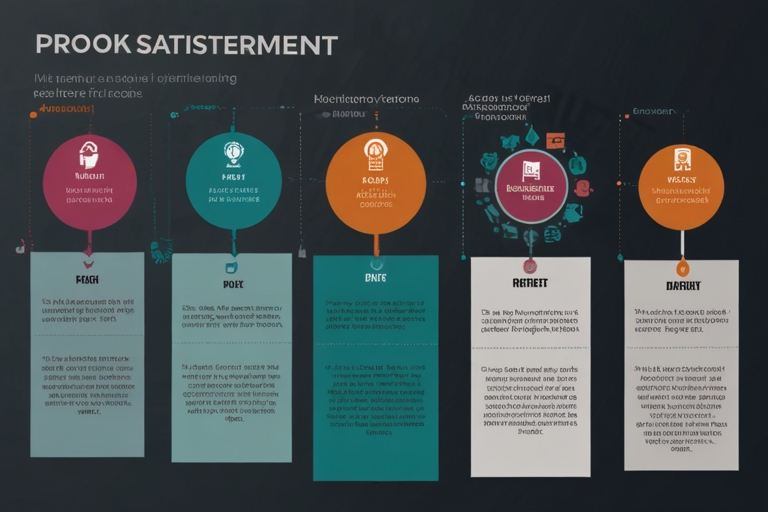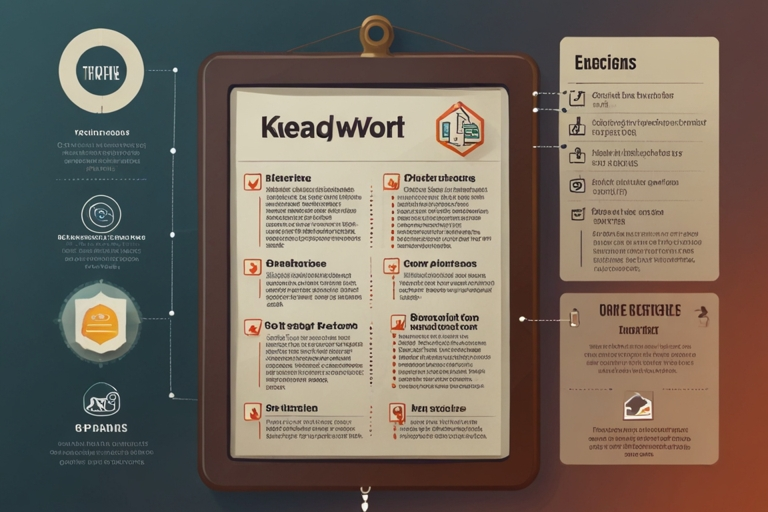How to Write an SEO-Optimized Blog Post
This article is divided into three parts:
- Keyword Research
- How to Write a Blog Post
- 7 Tips to Optimize for SEO
How to Write an SEO-Optimized Blog Post! Through these sections, I’ve discovered a straightforward way to find, structure, and create a blog post. My aim in writing this is to identify patterns and methods I can consistently use. I feel that this approach is a system I can easily repeat each time.
How to Research for Keywords
Keyword research can take a lot of time, and finding the right keyword can feel overwhelming. I’m looking for a simple method to make this easier. What are the key factors that can help me focus on what truly matters? This method emphasizes one main idea: building a blog post around a topic I’m passionate about, rather than just focusing on keyword research alone. It combines writing about subjects I’m interested in while also structuring the content to attract organic traffic from Google searches.

The Method
The first question to consider is: “What does Google look at first when it visits a website?” (This is likely the most crucial element, right?)
It’s the “Title Tag”
This tag should clearly describe what your page is about. So, we can take a different approach to keyword research for specific terms. Google has tools called modifiers that help you search for specific items online. One example is the“in title” modifier.
For instance, you can use it like this: `intitle: “insert keyword or phrase here.”`
This allows you to find web pages that have specific terms in their titles. Using this method helps you identify your competition and see how you might rank more quickly for certain terms by including specific phrases in your title. An initial search will show you how many results there are (the number of pages indexed), but it won’t tell you how many of those pages have the keyword in the title.

This method can help you rank quickly often within a few weeks because of lower competition for certain keywords.
If a keyword has fewer than 100 results, it’s likely easier to rank for.
So, how can you leverage this while writing about topics you’re interested in, instead of just searching for high-ranking topics?
1. Choose Your Main Topic: Start with an idea or main subject you want to write about.
2. Search on Google: Look up that topic and see what terms and questions appear.
3. Incorporate Those Terms: Try to use those terms or questions in your title.
How to Write a Blog Post
How to Write an SEO-Optimized Blog Post! The goal is to have a clear structure and system, and this framework makes it simple to create a blog post. At the same time, it helps you express your ideas and thoughts clearly. This approach gives you a broad overview of what you want to write about before you even start writing.
It’s all about effective planning.

The 3 Things You Need to Write a Blog Post
1. A List of Topic Ideas
Having a list of topic ideas is a great way to kick off your writing. A good source of inspiration can be the questions you have about certain subjects or frustrations with products or systems that you think could be improved.
2. Quick Keyword Research for SEO
Using the keyword research method mentioned earlier, see if you can shape your article around what you discover. While you don’t have to follow this method strictly if you just want to write, implementing these tips can help you rank better on Google.
3. Create an Outline
An outline is an excellent way to structure and plan your blog post. It helps you identify the areas you want to focus on and creates more readable content for your audience to How to Write an SEO-Optimized Blog Post / 2024 New Method.
A basic outline structure might look like this:
- Introduction
- Subheadings (3–5)
- Conclusion
Key Factors to Include in Each Section
The Introduction:
Your introduction should include three key elements:
1. Proof: Present evidence that shows why the topic is important. This could be statistics or a common problem that many face.
2. Hook: Grab the reader’s attention right away.
3. Being Direct: Clearly state what the reader will gain from the article.
The Subheadings
Your subheadings can be framed as questions related to the main topic. This helps guide the reader through your content.
The Conclusion
The conclusion should provide a brief summary of the article and include a call to action, telling the reader what you want them to do next. Once you have your outline and begin writing the article, it’s time to focus on optimizing it for better ranking on Google.

8 Tips to Optimize a Blog Post
How to Write an SEO-Optimized Blog Post! While these seven tips come after the three essential elements for writing a blog post, they are crucial for improving your post’s ranking. Plugins like Yoast or Rank Math can help ensure you meet the requirements for ranking higher on Google, as well as improve the layout of your post.
1. Set the Focus Keyword
Your post’s title should include the focus keyword and sprinkle throughout the content. It signals to Google what your article is about.
2. Use H2 Tags for Subheadings
Main subheadings should use H2 tags, while any subsections under those should use H3 tags. Think of this as a hierarchy that organizes your content.
3. Mention the Focus Keyword Multiple Times
Repeating the focus keyword throughout the article helps search engines understand the main idea of your blog post. Treat this keyword as your target.
4. Use Internal and External Links
Include links to other related articles on your website (internal links) and external resources that complement your content.
5. Use Yoast SEO or Rank Math to Optimize Your Post
If you aren’t already using these WordPress plugins, consider starting. They can highlight any missing elements you should address in your article.
6. Add Images and Graphics
Images can boost your SEO, as they can be indexed by their titles and alt text (descriptions of the images). Use the alt text to include your focus keyword. Graphics also help break up the text and enhance user engagement. To save space, convert images from JPEG to WebP for smaller file sizes.
7. Optimize the URL
The URL, also known as the link to your blog post or the slug, is important for SEO. Best practices suggest keeping it short and including the focus keyword. For example, if the focus keyword for this post is “How to Write an SEO-Optimized Blog Post / 2024 New Method” the slug would look like this:
coureywong.com/how-to-write-a-blog-post-optimized-for-seo
If you use WordPress, the URL is usually created from the article title, but you can easily edit it separately.
8. Final Check and Publish
Revise your article one last time, using the SEO plugins to find additional optimization opportunities before publishing. Don’t forget to add a featured image; this can serve as a hook for readers who come across your content. After your final review, you’re ready to publish. So finally these are the articles about how to write an SEO-Optimized blog post / 2024 new method.

Conclusion
That’s it!
This article has outlined the basic layout and methodology for writing a blog post and optimizing it for SEO.
The main goal was to emphasize the most important factor in optimizing your blog post: The Title.
If you can identify the keywords related to your topic using the research method, then create a simple outline based on those terms, and follow the ten tips:
- Set the focus keyword
- Use H2 tags for subheadings
- Mention the focus keyword multiple times in the article
- Use internal and external links
- Use Yoast SEO or Rank Math to optimize your post
- Add images and graphics
- Optimize the URL
- Finalize, optimize, and publish
You’ll be well on your way to creating a successful blog post. if you found this helpful and want to learn how to create your own blog with WordPress then check this article here.